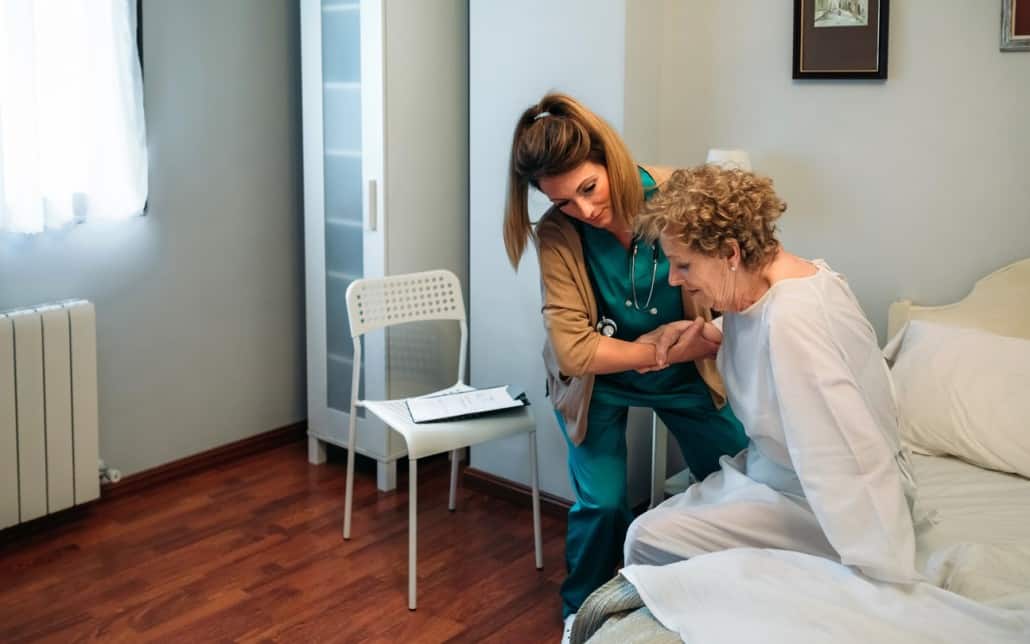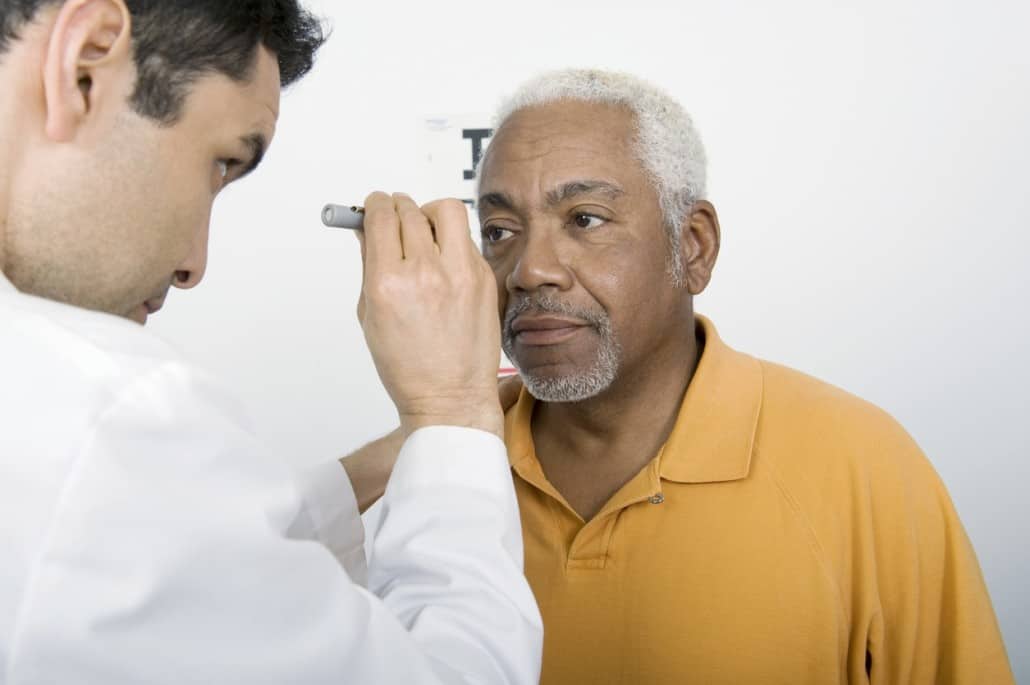Vertigo and dizziness can be disruptive to day-to-day life, and can put you at a higher risk of severe injury from falls.
A form of physical therapy known as vestibular therapy can help through customized treatment plans.
Many patients can erase symptoms and get back to normal, sometimes in as little as one treatment session.
If vertigo, dizziness and balance problems are disrupting your life, a specialized form of physical therapy called vestibular therapy can bring quick and lasting relief.
Your symptoms may be due to a vestibular disorder, which occurs when the vestibular system is damaged due to illness or injury.
“The vestibular system helps with balance and gives your body a sense of where you are in space. If any part of the system is off, you can have a balance deficit or dizziness,” said Regional One Health physical therapist Audrey Pinner, PT, DPT, NCS. “Vestibular therapy can help improve function of the vestibular system so you can get back to functioning normally.”
Pinner answered some common questions about vestibular disorders and how therapy can help.
What is a vestibular disorder?
The vestibular system is broken into two components: the central and peripheral. The central vestibular system is in the brain and the peripheral vestibular system is located in the inner ear.
Since the vestibular system aids in awareness of body position, it has an important role in balance. Balance is also impacted by vision and peripheral nerves around the body that cause you to feel sensation. Vision and peripheral nerves send information about the body position in relation to the environment to your brain for processing. If any one of those components is not working correctly, it can cause a vestibular disorder.
Symptoms include vertigo (a persistent spinning or swaying sensation), dizziness (feeling faint and weak), poor balance, and unsteadiness. Pinner noted these symptoms not only make it harder to work, recreate and accomplish daily tasks, they can lead to falls and more serious injury.

Vestibular disorders that cause vertigo, dizziness and poor balance can make it hard to do daily activities and put you at risk of falling.
Who is at risk?
Pinner said vestibular disorders usually occur when something damages the inner ear or how the brain reads signals from the inner ear. Acute illness like a stroke or ear infections; chronic conditions like multiple sclerosis or vestibular migraine; and traumas like car accidents, falls or sports injuries are some common causes.
Patients who were hospitalized and immobile for a long time are also at a higher risk, and issues can be brought on by some medications, including heavy antibiotics and some cancer drugs.
Although vestibular disorders can be caused by trauma, illness, or medical disorders, a lot are idiopathic and can impact any population. For example, Benign Paroxysmal Positional Vertigo (BPPV) is the most common form of vertigo and accounts for 20-30% of all vestibular disorders.
How is a vestibular disorder diagnosed?
Pinner starts by getting a thorough medical history and description of a patient’s symptoms. She asks several key questions:
- How long have the symptoms been occurring?
- Was there a sudden onset or gradual onset?
- How long does an episode last?
- Are symptoms constant or do they come and go?
- Does anything trigger them, like turning your head or changing position?

Consultations for vestibular disorders include checking a patient’s eye movement, discussing their symptoms, and finding out what triggers problems.
She also performs specialized tests to examine eye movement when the head is moved in specific directions. She uses the eye movement to pinpoint which vestibular disorder a patient is dealing with.
What are some common vestibular disorders, and how does therapy help?
Benign Paroxysmal Positional Vertigo occurs when tiny calcium crystals in the ear move to the wrong spot, causing short bouts of a sensation of spinning when the head is moved. This usually occurs when rolling over in bed, sitting up or laying down quickly, and looking up.
Pinner uses repositioning maneuvers to treat BPPV. Patients sit or lie on their back as she takes them through a series of head movements designed to get the crystals back into place.
Some patients have success with just one treatment, while others need a few. “Most patients are able to go back to full function – like it had never happened,” Pinner said.
Peripheral Vestibular Hypofunction involves damage to the inner ear or to the nerve that carries information to the brain. It can happen in one ear or both.
Pinner uses gaze stabilization and vestibular ocular reflex exercises to retrain the brain and eyes to focus on a target. For example, she may write a letter on a piece of paper and ask the patient to focus on a specific point on the letter and then maintain that focus as they move their head.
Patients are usually in therapy two times a week for about four weeks. Most resume normal activities, save for those with professions that require a high level of visual accuracy, like pilots.

Vestibular therapy helps the majority of patients get back to normal. Therapists design personalized treatment plans based on a patient’s specific diagnosis.
Central Vestibular Disorders are due to a problem in the brain, usually caused by an injury or stroke, and are the most difficult to treat. Pinner uses habituation exercises that help patients adapt to the feeling of dizziness or vertigo, as well as exercises that teach them to compensate for dizziness and balance issues.
“It’s hard to go back to 100 percent, because you’re teaching the patient to adjust to the disorder and compensate,” she said. “But most patients can live independently.”
How can I get help?
Patients should call the numbers below to receive consultation on how to schedule an appointment.